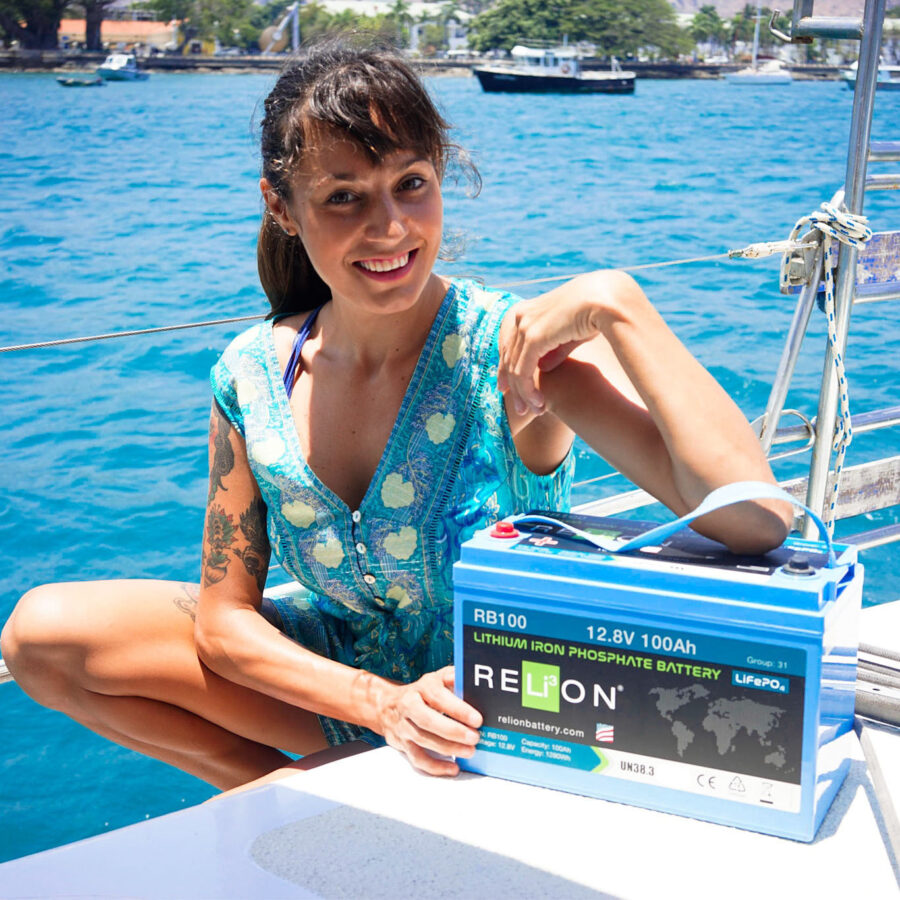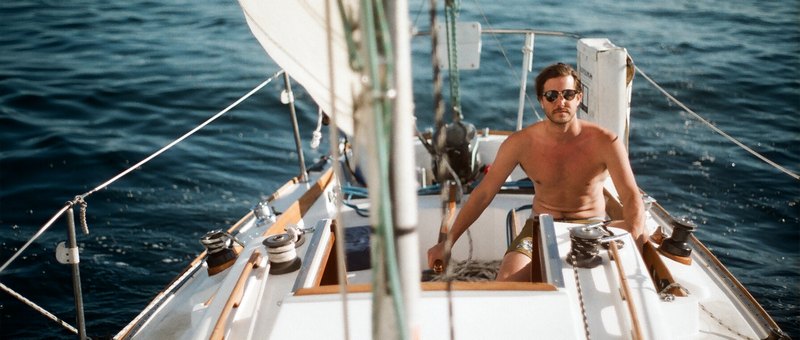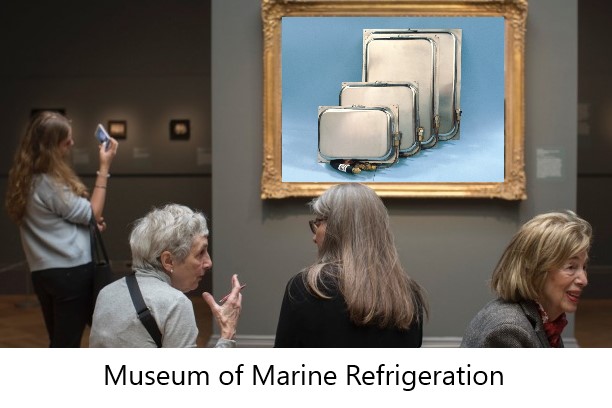Phone: (301) 352-5738
Email: info@CoastalClimateControl.com
Office | Warehouse:
1598 Whitehall Road, Suite D
Annapolis, Maryland 21409
Series or Parallel - Which current flow option do you make when installing solar panels or battery banks?
There seems to be an increasing need to explain the differences between series and parallel electrical circuits recently, especially regarding battery and solar panel installations. So this week’s blog will be an effort to better explain the advantages and disadvantages of each configuration, and where better to start than with the water analogy … again.
Other than the strange and fruity wardrobe, Robin Hood and his Merry Men had a noble agenda in England back the middle ages, i.e. rob the rich and give to the poor. They probably kept a little back for themselves for expenses, i.e. something to make the men merry plus some bling for Maid Marion, but overall they fought a worthy fight for social justice and equality. Fast forward a few centuries to 2018.
Our modern-day Robin Hood wannabe comes in the form of Robert Lighthizer, the US Trade Representative (USTR), who recently announced that tariffs will be imposed on virtually all silicon-based foreign-made solar cells and panels entering the US effective February 7, 2018. This is a four-year program that starts this year with a 30% tariff, and which then decreases by 5% each year ending up at 15% in year four.
Now, unlike the anti-dumping and unfair subsidy tariffs that have been in place since 2012, these new tariffs are not aimed exclusively at one or more countries of manufacture. Those tariffs originally singled out China, but the Chinese manufacturers then started country-hopping and ended up producing solar panels in other countries to avoid the stinging tariffs when imported into the US.
Not to be caught out, Mr. Lighthizer has taken a different tack this time around and has herded all major nations world-wide (there are exclusions for certain “developing countries”) into the dock for judgment and punishment. This time there is no country-specific element and it’s the US versus the rest of the world.
The issue at hand here is whether foreign solar companies who are able to import solar products into the US at less cost than the available domestic equivalents have an unfair advantage in the solar marketplace. The plaintiffs: Two large US-based solar companies.
The crying started in May last year when Suniva, which was 63% Chinese owned and now bankrupt, petitioned the International Trade Commission (ITC) that “increased imports were a substantial cause of serious injury to the domestic industry”. Suniva was later joined by SolarWorld Industries Americas, then a subsidiary of German owned and now reorganized SolarWorld Industries AG.
After much deliberation, our Robin Hood of Washington Forest has decreed that US solar manufacturers must have some sort of “safeguard” in order to compete fairly against foreign solar manufacturers, and these latest tariffs are the result. Whether this is a correct and/or fair judgment is up for debate, but I for one don’t quite understand how this is going to help the US solar industry much, if at all.
Paradoxically, those foreign solar manufacturers will not be paying any penalties, and our Robin Hood will not be robbing them and giving the proceeds to the now defunct plaintiffs. No, the tariffs will actually be paid by those US companies that import foreign solar products, and the burden will then be passed on down to the end user.
The Green Energy Revolution is well underway, with or without the assistance of subsidies offered by various world governments. Based on what we hear at recent boat shows, the drive for putting solar and wind power on boats is more and more a must-have. People are moving beyond simply installing LED lights and upgrading to energy-saving 12/24v refrigeration.
They are looking at maximizing the limited real estate on their boat with solar panels, whether those panels be home-style, heavy, glass panels, or the light weight, marine-grade, flexible panels that can fit on canvas or a hard top. Add a wind generator or hydro generator and your charging regime has just massively expanded beyond what your alternator or dock side battery charger can do.
You and your boat are ready to join the solar revolution. Even a small solar panel can trickle charge your battery to keep it topped up. It is known that a battery kept fully charged has a longer life than a battery left semi-charged for an extended period.
After several discussions recently with customers contemplating adding solar to their electrically powered vessels, there is still a lot of confusion about exactly how much power can be realistically expected from solar panels. I have an inkling that these customers are so honed in to watts and kilowatts from their dealings with propulsion that they assume that all watts are equal.
But solar watts are a different animal.
The watt is a measure of power and is normally derived electrically from multiplying volts times amps (W = V x A), or amps squared times resistance (W = I² x R).
So, using simple math, if we have a 5,000 watt (5 kilowatt, or 5kW) DC electric propulsion motor running on 100 volts, we would expect it to be drawing 50 amps at full load. If the same sized motor was designed to run at 50 volts then the current draw would be double that at 100 amps.
For reasons of wire sizing and cost of ancillary equipment we’d want to keep the amps as low as possible, so the higher the voltage the better (except for having highly lethal voltages in damp environments). As you can see, the numbers are all very simply calculated and it’s all cut and dried, and it had better stay very dry indeed!
Solar watts are different, and I’m referring here to the wattage rating of the panel(s).
There seems to be many misconceptions regarding solar panels, particularly concerning marine installations on vessels. I’m thinking that maybe it’s because we all see solar panels on houses and assume that what applies to roof-top installations also applies to boats. Wrong!Here’s some solar facts. Typical solar panels with silicon cells will:• Produce electrical power whenever they are exposed to light, and this is proportional. Small amount of light - small power output.• Produce full voltage even in very low light, often even indoors, but only if they are disconnected and not being asked to produce any power. Potential voltage output depends mainly on the number of cells. Each cell typically produces around 0.6 to 0.7 volts.• Produce full current output only if there is a big enough load, the sunlight is good enough, and shading is non-existent. Potential current output depends on the size and type of cells.In general; the quantity of cells determines voltage; the quality of cells determines amperage.Now, what we are after in a boat solar application is to grab whatever power we can whenever there is available sunlight, and that means from dawn right through to dusk, not just at noontime. I often hear customers say that there is absolutely no shading at the back of their sailboat, but then when it is suggested that maybe in early to mid morning or mid to late afternoon, the presence of a humongous mast and associated rigging might shade a stern-mounted panel, they will humbly agree. From that sort of response one could deduce that many boaters are under the assumption that solar panels will really only work for a couple of hours each side of noon. Not so Horatio.






